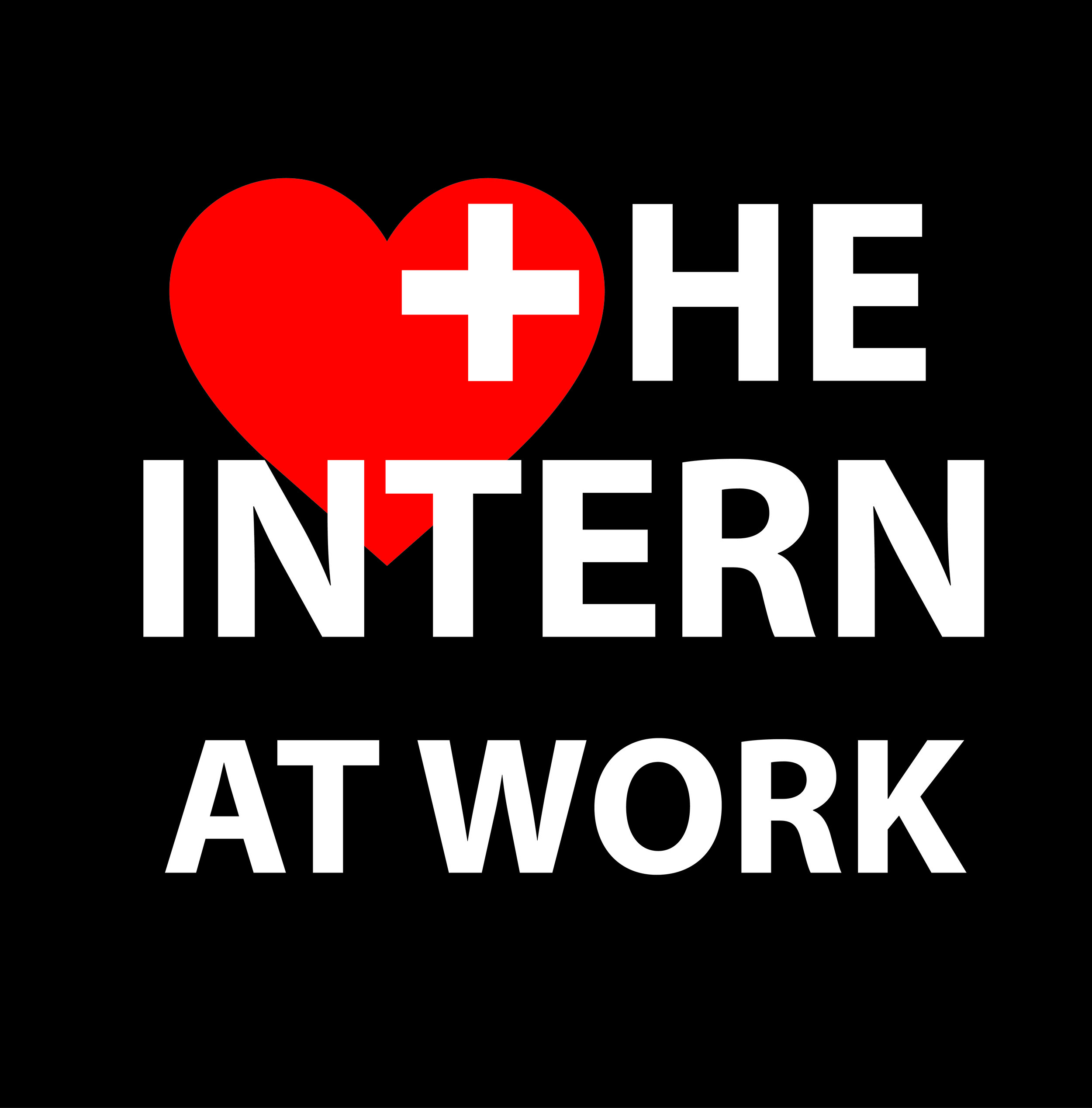Day 1 - Atrial Fibrillation
Rate Control Acute Management - Oral
Beta Blockers
Metoprolol 12.5 - 100mg PO BID
Bisoprolol 1.25 - 10mg PO daily
Carvedilol 12.5 - 50mg PO BID
Atenolol 25 - 100mg PO daily
Calcium Channel Blockers - avoid in patients with reduced EF (CCBs are negative inotropes)
Diltiazem 30 - 120mg PO QID
Diltiazem XR 120-480mg PO daily
Digoxin
Loading dose 0.5 mg PO x 1, then 0.25 mg Q6h x 2, then daily dose between 0.125 - 0.25mg PO daily
Careful in Renal Patients
Needs to have digoxin level monitored’
Rate Control Acute management - IV
Beta Blockers*
Metoprolol 1.25 - 10mg IV q4h
Calcium Channel Blockers*
Diltiazem 10-20mg IV q4h
Amiodarone - use in patients requiring rate control, but have low BP
150 - 300mg IV bolus doses max q4h x 2
If ongoing requirement - Amiodarone infusion requires CCU - 900mg/24h loading dose
*If using IV beta blockers or CCB, start ORAL dose simultaneously as ORAL medication will become effective once IV medication wears off.
Anticoagulation
CHADS65 score is now recommended by CCS - anticoagulant if CHADS>1 or Age>65
Direct Oral Anticoagulants:
Apixaban 2.5-5mg PO BID
Reduced dose if patient has 2 or more of following:
Age > 80
Body weight < 60kg
Creat > 133
Rivaroxaban 20mg PO daily - Pt. to take with largest meal of the day
Edoxaban 60mg PO daily
Warfarin - First Line treatment for Valvular Afib
Loading dose of 5mg PO daily x 3, then serial INRs for dose titration
Low molecular weight heparin - Not routinely used
Heparin - Not routinely used
Frequently Asked Questions:
Do I need to bridge when starting anticoagulation?
DOACs do not need to be bridged, can be started immediately
Practice varies for warfarin about whether or not to bridge. If starting in hospital - can bridge with LMWH while patient becomes therapeutic. Bridging is recommended for those with mechanical valves
What about bridging peri-operatively?
The BRIDGE study demonstrated non-inferiority between bridging and not-bridging for patients with CHADS <4. The practice now is to NOT BRIDGE for patients with CHADS<4, and then to consider risk-benefit profile of those with CHADS 5 or 6.
When do I cardiovert?
Unstable patients or stable onset<48 hours
There is increasing use of cardioversion trial in patients with stable onset > 48 hours as some patients don’t realize that they are symptomatic until they have been cardioverted back to sinus rhythm
Rate vs Rhythm control?
AFFIRM trial demonstrated non-inferiority between rate and rhythm control, but with increased adverse effects and treatment failure with rhythm control. Therefore in asymptomatic patients with sustained Afib, rate control is still the preferred strategy.
